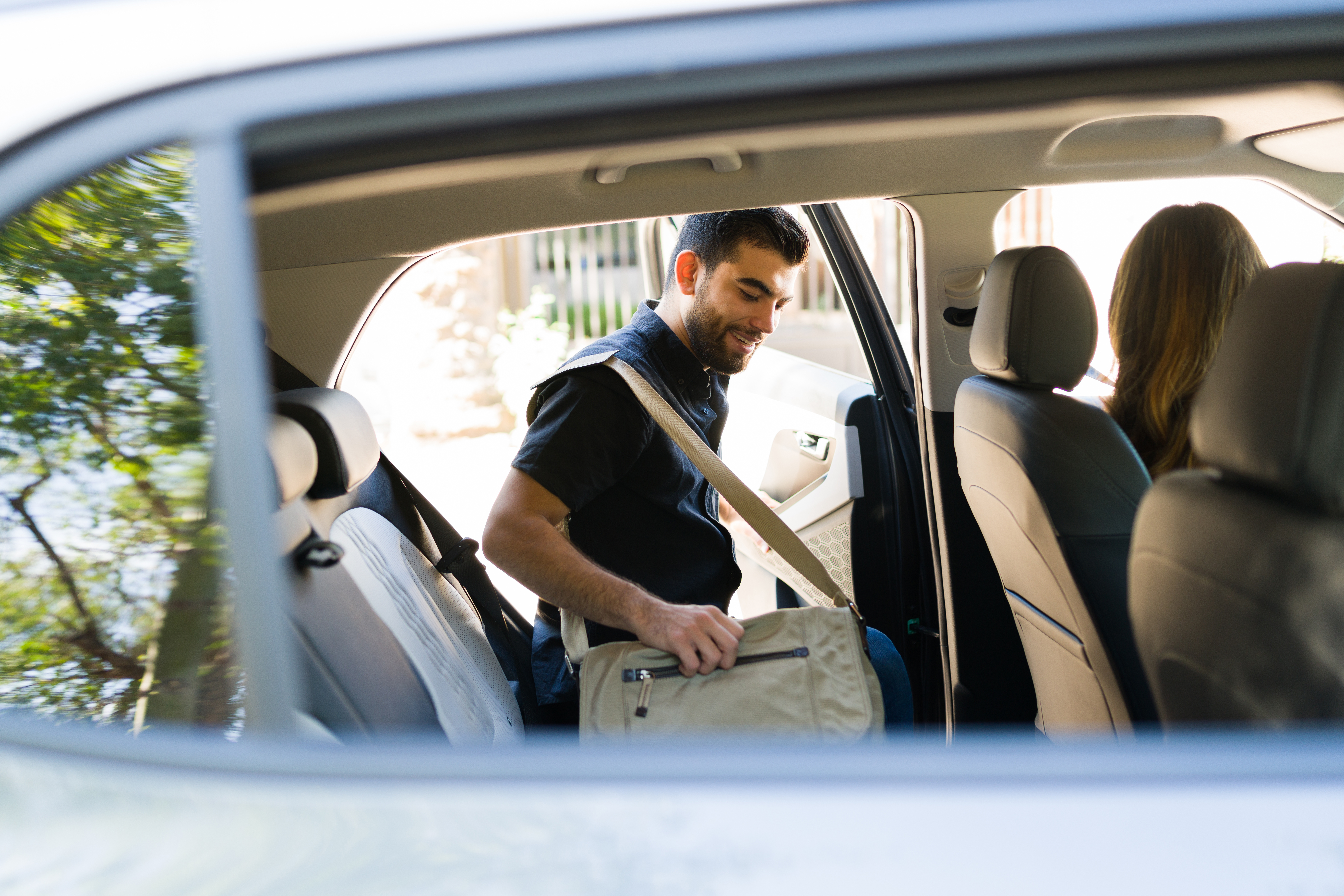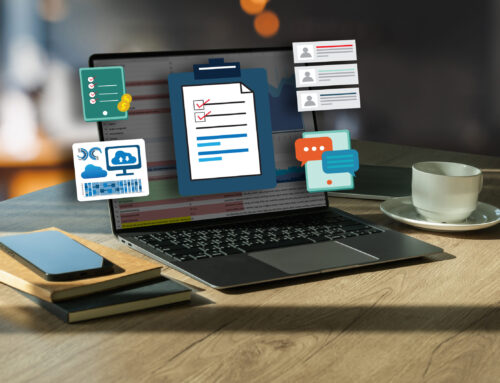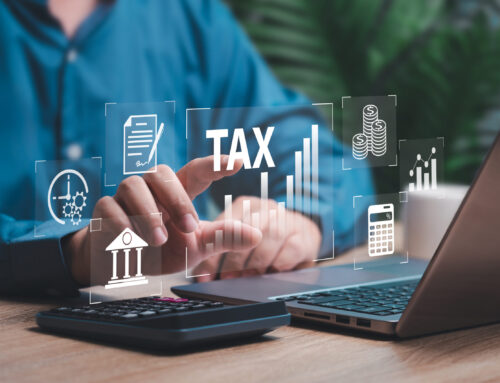Lyft and taxes in Wisconsin for 2025 made simple
If you drive with Lyft in Wisconsin, taxes do not have to be confusing. This guide explains how to track mileage, handle 1099-K and 1099-NEC forms, plan quarterly estimated payments, and avoid penalties in WI for 2025. You will also find practical driver tips and checklists. Curler Accounting and Tax Services, LLC makes lyft and taxes straightforward so you can focus on earning and keep more of what you make.
How Lyft income is reported for tax year 2025
Understanding the 1099-K
Many Lyft drivers receive a 1099-K that reports gross payment transactions. This form typically shows the total fares and other card-processed amounts that passengers paid through the app. The 1099-K usually reflects gross receipts before commissions, fees, and certain taxes or surcharges withheld by the platform. For 2025, the IRS has continued to update the threshold rules for third-party reporting. As of late 2024, the IRS announced a $5,000 threshold for 2024, with a plan to move toward broader 1099-K reporting in later years. The exact threshold for 2025 may change, so review your Lyft tax documents in January and verify the latest IRS guidance. Whether you receive a 1099-K or not, you must report all your earnings.
Understanding the 1099-NEC
Lyft may issue a 1099-NEC for nonemployee compensation such as driver bonuses, referral rewards, and certain incentive payments. The 1099-NEC reports amounts paid directly to you that are not processed as passenger fares. Combined with the 1099-K, these forms help you determine total income, but you still need to adjust for fees and expenses to calculate taxable profit.
What if you do not receive a form
Even if you do not receive a 1099-K or 1099-NEC, you must report all income from your Lyft activity. You can use your Lyft driver dashboard and monthly or annual summaries to tally gross income and fees. Curler Accounting can help you translate your app reports into a clean Schedule C with accurate deductions.
Mileage and vehicle deductions for Wisconsin Lyft drivers
What counts as business miles
For lyft and taxes, mileage is often the largest deduction. Business miles typically include miles driven while you are logged in and available for ride requests, en route to pick up a passenger, and transporting a passenger to a destination. Miles driven to purchase supplies, get a car wash, or meet with your tax preparer also qualify. Trips that are strictly personal do not count. Commuting miles to a separate workplace are never deductible. If your home qualifies as your principal place of business for your rideshare activity, your trips from home to your first pickup may be business. Keep a careful log that shows when and where you were driving for Lyft to protect your deduction.
Standard mileage rate vs actual expenses
You have two ways to deduct vehicle costs:
- Standard mileage rate: You multiply your business miles by the IRS standard rate for the year. The IRS updates this cents-per-mile rate annually. It is simple and already bundles gas, repairs, maintenance, depreciation, and normal wear. You can also add parking and tolls separately.
- Actual expense method: You track actual car costs such as gas, oil, repairs, insurance, tires, registration, and depreciation, then multiply by your business-use percentage. This can produce a larger deduction if your costs are high, but it requires strong records.
Choosing the best method can save you hundreds. If you want the option to use the standard mileage rate for a vehicle in a future year, you generally must choose it in the first year the car is placed in service for your Lyft activity. Switching methods later has rules and limits. Curler Accounting will compare both options for your situation and help you pick the approach that yields the best legal tax result.
Recordkeeping that stands up in an audit
Keep a contemporaneous mileage log. That means you record miles as you drive or at least weekly. Your log should show the date, start and end odometer readings or total business miles for the trip, locations, and purpose. App-based trackers can help, but you still need to review and classify trips as business or personal. Save records for at least three years after filing, and longer if you claim depreciation. Curler Accounting recommends keeping your mileage log, Lyft trip summaries, oil change receipts, and car service invoices together so you can prove business use if asked.
Other tax deductions Lyft drivers should not miss
Platform fees and commissions
Fees and commissions taken by Lyft reduce your taxable profit. Your driver statements and annual summary usually show these amounts. They are deducted on Schedule C as ordinary and necessary business expenses. If your 1099-K shows gross fares, you must subtract these fees to avoid overpaying tax.
Parking, tolls, and car washes
Parking and tolls related to rides are deductible, even when using the standard mileage rate. Keep receipts or maintain a simple log. Occasional car washes and interior cleaning are deductible as supplies necessary to keep your vehicle rider-ready.
Cell phone and data plan
Your phone is an essential tool for the Lyft app, navigation, and communication. Deduct the business-use portion of your phone bill and phone accessories. A simple approach is to calculate a reasonable percentage based on time or data used for Lyft. Keep a copy of your monthly bills and a short note explaining your calculation method.
Water, snacks, and in-car supplies
Small items for rider comfort like water bottles or phone chargers can be deducted as supplies. Do not deduct your own meals while driving unless they meet IRS rules for business travel away from your tax home. Curler Accounting can help you separate personal and business items so your deductions are clean.
Insurance and interest
The business-use share of auto insurance and vehicle loan interest is deductible if you use the actual expense method. If you use the standard mileage rate, these costs are already included in the per-mile rate and should not be deducted again. Know which method you are using to avoid double counting.
Home office for administrative tasks
If you maintain an area in your home used regularly and exclusively to manage your rideshare activity, such as scheduling, bookkeeping, and tax records, you may qualify for a home office deduction. This can also help convert trips from home to your first pickup into business miles. The home office rules are strict, so document the space, take measurements, and keep photos. Curler Accounting will assess eligibility and compute the simplified or actual method.
Self-employment tax and quarterly estimated payments
How self-employment tax works
Lyft drivers are independent contractors. Your profit is subject to income tax and self-employment tax. Self-employment tax covers Social Security and Medicare and is calculated on your net earnings from self-employment. You may also owe the additional Medicare tax if your income exceeds certain thresholds. You can deduct one-half of self-employment tax on your individual return. Curler Accounting will estimate your self-employment tax and set you up with a simple plan to keep current through the year.
Quarterly estimated payments for 2025
Because Lyft does not withhold taxes from your payouts, most drivers should make quarterly estimated payments. The typical federal due dates fall in April, June, September, and the following January. When a due date lands on a weekend or holiday, the deadline moves to the next business day. Wisconsin follows a similar quarterly schedule for state estimates. Paying quarterly helps you avoid underpayment penalties and surprises at tax time.
Safe harbor rules and how to use them
There are several ways to avoid penalties:
- Pay at least 90 percent of your current year total tax through estimates and withholding.
- Or pay 100 percent of your prior year tax, 110 percent if your prior year adjusted gross income exceeded certain thresholds.
- In Wisconsin, you generally need to make estimates if you expect to owe at least a set minimum after withholding and credits. Curler Accounting will tell you whether you meet that trigger and how much to send each quarter.
We often recommend using a high-yield savings account and setting aside a percentage of each payout for taxes. A simple rule of thumb for lyft and taxes is to set aside 25 to 30 percent of net earnings, then refine that percentage after we run your projections. Curler Accounting can automate this process so you transfer money once a week and never fall behind.
Wisconsin tax notes for Lyft drivers in 2025
State conformity and adjustments
Wisconsin starts with your federal income and then applies its own adjustments, credits, and rates. That means careful federal recordkeeping flows directly into your WI return. Some federal deductions and credits may differ at the state level. Curler Accounting keeps current with Wisconsin Department of Revenue updates so your return matches WI rules for 2025.
Local considerations around Milwaukee and beyond
If you drive in Milwaukee, Mequon, Washington County, or nearby cities, you may encounter local fees passed through to riders. These rider charges do not change how you report your income, but they can impact what appears on your Lyft summaries. Our office in the Mequon and Washington County area serves drivers across southeastern Wisconsin and statewide online. If you split your time across states, we can also sort out multi-state filing.
Retirement and health savings strategies
Independent contractors can reduce taxable income by contributing to retirement plans such as SEP IRAs, SIMPLE IRAs, or solo 401(k)s. If you are eligible for a Health Savings Account, contributions can lower federal and Wisconsin taxable income. Planning contributions before year end is one of the easiest ways to cut taxes for lyft and taxes in WI 2025. Curler Accounting will coordinate contribution limits, deadlines, and the cash flow impact so you save with confidence.
Avoid penalties and audits with smart documentation
Strong records reduce your tax bill and protect your deductions. Use this checklist:
- Mileage log with dates, business purpose, and miles for each trip or day.
- Lyft annual and monthly summaries showing gross fares, fees, and adjustments.
- Receipts for parking, tolls, car washes, supplies, and phone accessories.
- Cell phone bills and notes on business-use percentage.
- Vehicle service invoices, insurance policy, and registration documents.
- Loan statements showing interest, if using actual expenses.
- Home office measurements, photos, and utility bills if claiming the deduction.
- Quarterly estimated tax payment confirmations for federal and Wisconsin.
Curler Accounting can set up a simple folder structure in your cloud drive so everything is available at tax time. If the IRS or Wisconsin Department of Revenue asks questions, organized records make the process smooth.
How Curler Accounting helps Lyft drivers
About Matt Curler, CPA
Matt Curler, CPA, leads Curler Accounting and Tax Services, LLC, serving individuals and small businesses in Washington County, Mequon, and communities north of Milwaukee. He brings more than 20 years of tax, finance, and treasury experience, including roles at KPMG and Harley-Davidson. Matt is also a veteran of the Wisconsin Army National Guard and served with the Milwaukee Police Department. His discipline, integrity, and attention to detail guide every client engagement. With lyft and taxes, that means precise planning, clean books, and timely filings.
Services tailored to rideshare drivers
- Tax preparation and planning to minimize liabilities, including full Schedule C support.
- Bookkeeping that organizes Lyft payouts, fees, and expenses in a driver-friendly chart of accounts.
- Payroll solutions for drivers who grow into LLCs taxed as S corporations.
- Cash flow optimization so you can set aside taxes, fund maintenance, and still pay yourself.
- Business tax and compliance advice for entity formation and Wisconsin registrations.
- IRS representation if you receive a notice or face an audit.
- Entity formation guidance to help you evaluate LLCs and S-corps when your profits rise.
Clients choose Curler Accounting for personalized service, military-grade precision, and practical strategies that fit real-world budgets. We serve locally and virtually, making lyft and taxes easy anywhere in Wisconsin.
How our process works
- Discovery: We review your Lyft summaries, mileage logs, and goals.
- Plan: We estimate your 2025 income, deductions, and quarterly payments.
- Setup: We provide a simple mileage and receipt system you can keep on your phone.
- Deliver: We prepare accurate returns for federal and WI, on time, with proactive advice for next year.
Most drivers see immediate benefits from better mileage tracking and a clear quarterly payment plan. Curler Accounting makes that happen.
FAQs: Lyft and taxes in WI 2025
Do I have to report income if Lyft did not send any tax forms
Yes. You must report all earnings, even without a 1099-K or 1099-NEC. Use your driver statements and annual summary to calculate gross income and fees.
Are tips taxable
Yes. Cash and in-app tips are taxable income. Add them to your totals and keep track of cash tips so they are not missed.
What mileage rate should I use for 2025
Use the IRS standard mileage rate for 2025 as announced by the IRS. The rate changes annually. If you want to compare with the actual expense method, contact Curler Accounting to run the numbers.
How much should I set aside for taxes from my Lyft payouts
A common starting point is 25 to 30 percent of net earnings, then adjust after a personalized estimate. Curler Accounting will tailor a percentage and schedule that fits your income pattern.
Do I need an LLC for my Lyft driving
You can file as a sole proprietor without an LLC. An LLC may help with legal structure and could open options like S-corp taxation as profits grow. It does not automatically reduce taxes. Let Curler Accounting analyze your situation before you decide.
Can I deduct my car payment
You cannot deduct the principal portion directly. If you use the actual expense method, you can deduct the business-use share of loan interest, along with depreciation or lease payments as allowed. If you use the standard mileage rate, car payments and depreciation are included in the per-mile rate and should not be claimed separately.
Is my driving across city or county lines a tax issue
Your federal and Wisconsin income taxes are based on total income rather than where rides occur within the state. If you also drive in another state, you may have multi-state filing needs. Curler Accounting can help you navigate those rules.
Your next steps for lyft and taxes in WI 2025
Start the year right by setting up a mileage log, creating a receipt routine, and planning quarterly estimates. Download your Lyft annual summary as soon as it is available, and keep monthly statements in a secure folder. Do not wait until April to discover a tax shortfall. Curler Accounting and Tax Services, LLC is ready to help Wisconsin Lyft drivers with accurate returns, proactive planning, and year-round support. Schedule a consultation to simplify lyft and taxes and keep more of every ride.
Curler Accounting serves Mequon, Washington County, and clients across Wisconsin online. With personalized service, small business focus, and military-level attention to detail, we make tax season smooth and stress-free for rideshare drivers.





